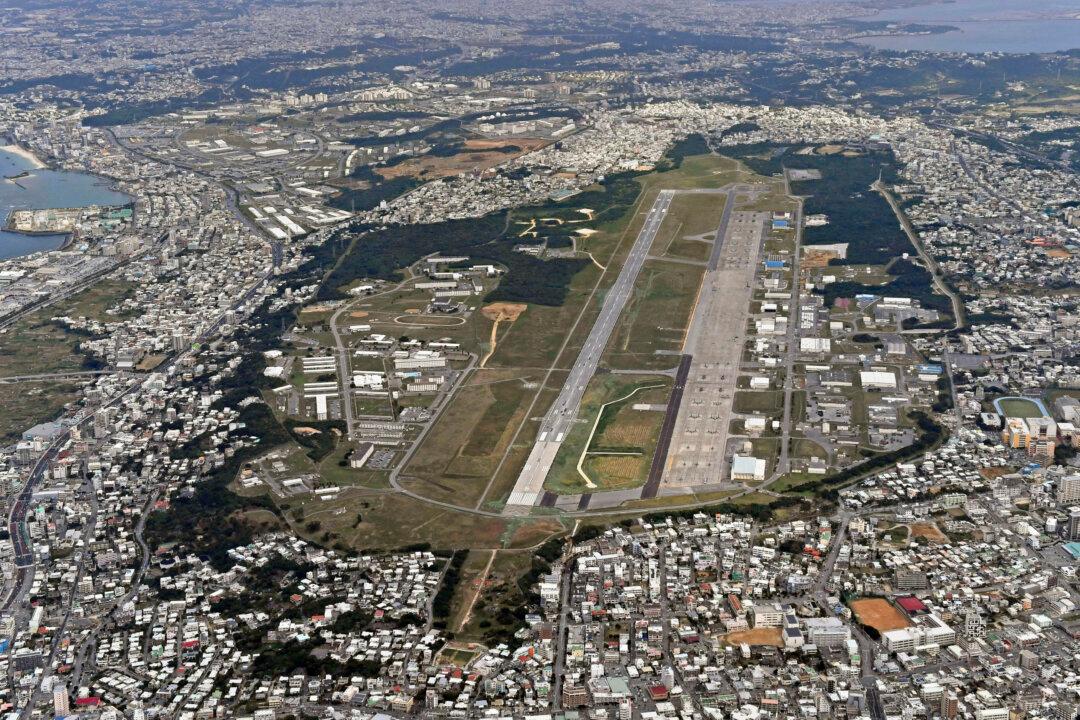Commentary
These days Okinawa isn’t in the news much—being overshadowed by the looming Chinese military threat, North Korean missile launches, a war in Ukraine, the COVID-19 pandemic, and attendant global economic turmoil.

These days Okinawa isn’t in the news much—being overshadowed by the looming Chinese military threat, North Korean missile launches, a war in Ukraine, the COVID-19 pandemic, and attendant global economic turmoil.